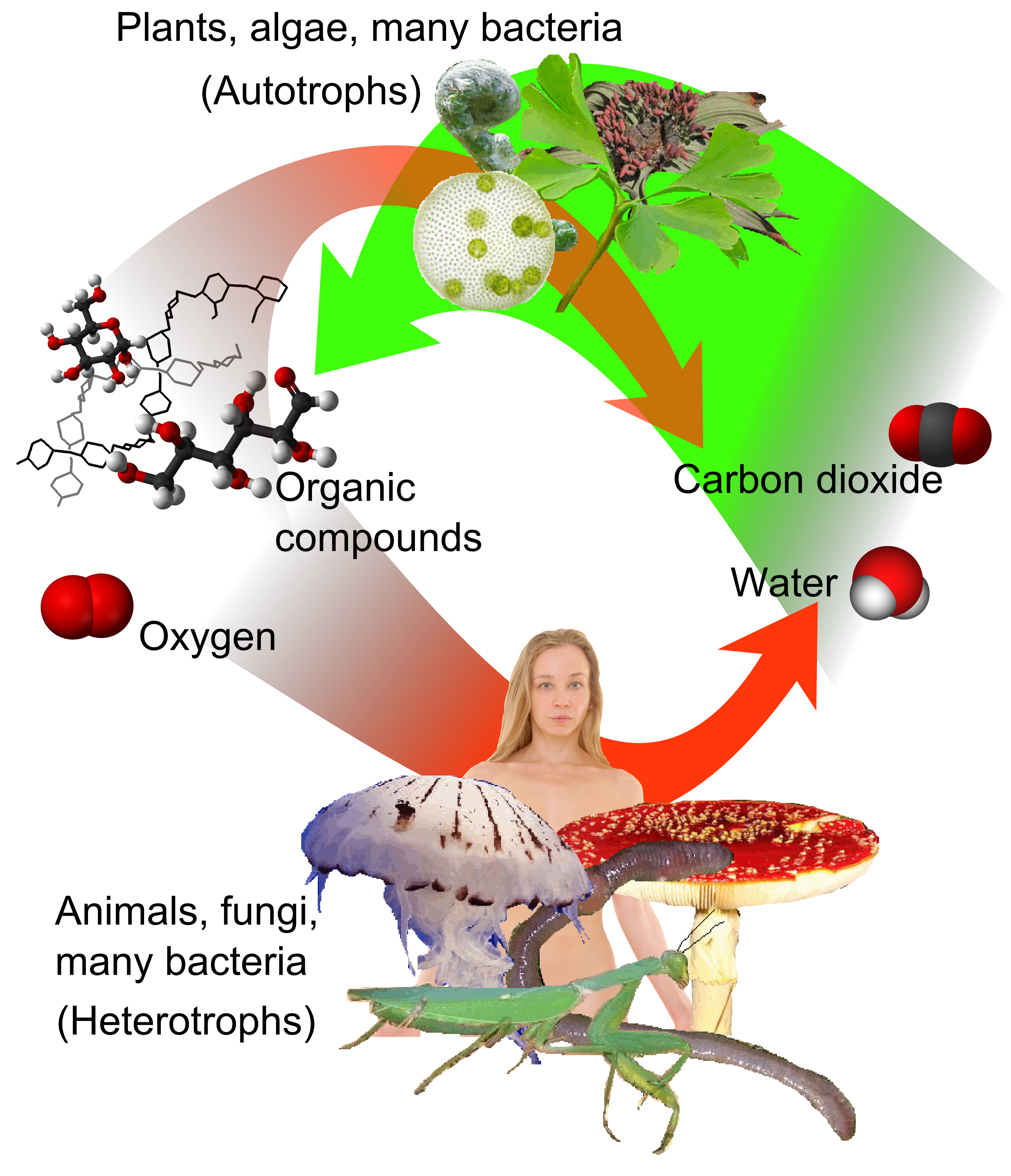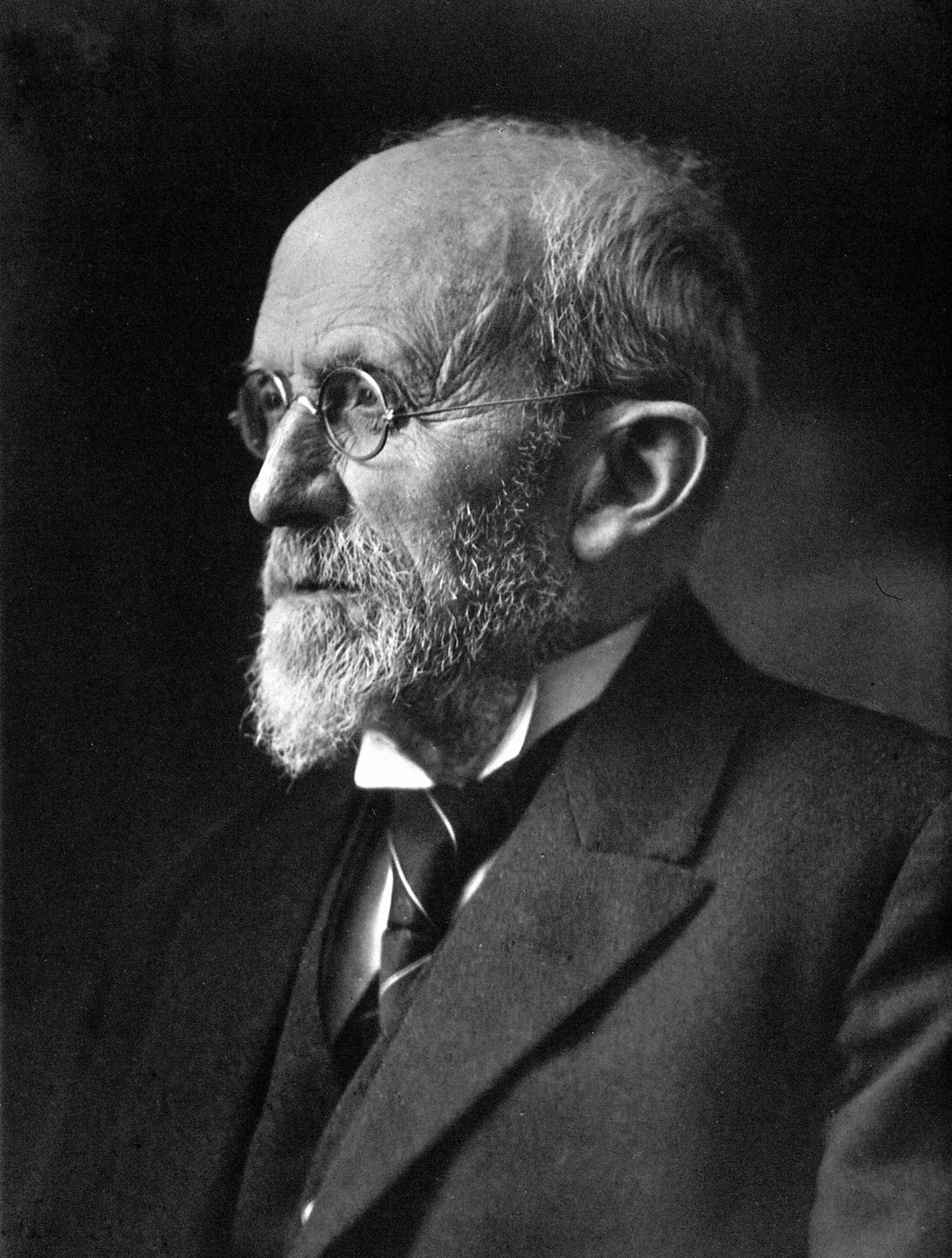|
Erythropsidinium
''Erythropsidinium'' (formerly ''Erythropsis'') is a genus of dinoflagellates (a type of unicellular eukaryote) of the family Warnowiaceae. Characteristics ''Erythropsidinium'' cells are a relatively large by dinoflagellate standards (50-120μm in longest dimension) and possess two flagella and two unusual organelles, the ocelloid and the piston. The ocelloid is light-responsive structure organized similarly to a multicellular organism's eye, considered a synapomorphic character for the Warnowiaceae; cells typically contain one ocelloid but occasional examples have been reported of cells containing two, without other indications of ongoing cell division. The piston is a long contractile structure protruding from the cell body, which is highly variable in length and morphology, and may contain prominent nodules along its length. As with the ocelloid, most cells possess a single piston, but in some cases specimens have been observed with two pistons on the same cell. The piston is c ... [...More Info...] [...Related Items...] OR: [Wikipedia] [Google] [Baidu] |
Piston (subcellular Structure)
A piston (also known as a dart, prod, or tentacle) is a complex contractile organelle found in some dinoflagellates, namely the '' Erythropsidinium'' and '' Greuetodinium'' genera of the family Warnowiaceae. This group is also well known for possessing other unusually complex subcellular structures such as the ocelloid and nematocyst A cnidocyte (also known as a cnidoblast or nematocyte) is an explosive cell containing one large secretory organelle called a cnidocyst (also known as a cnida () or nematocyst) that can deliver a sting to other organisms. The presence of this c .... Observations of ''Erythropsidinium'' samples reveal that the length of the piston is highly variable across specimens. The piston is known to be capable of repetitive and dramatic contractile motion; although its function is unknown, roles in locomotion, prey capture, and defense have been suggested. References Organelles {{microbiology-stub ... [...More Info...] [...Related Items...] OR: [Wikipedia] [Google] [Baidu] |
Warnowiaceae
The Warnowiaceae are a family of athecate dinoflagellates (a diverse group of unicellular eukaryotes). Members of the family are known as warnowiids. The family is best known for a light-sensitive subcellular structure known as the ocelloid, a highly complex arrangement of organelles with a structure directly analogous to the eyes of multicellular organisms. The ocelloid has been shown to be composed of multiple types of endosymbionts, namely mitochondria and at least one type of plastid. Habitat and life cycle Warnowiids are found in marine plankton but are very rare in most plankton samples. Little is known about their life histories because they cannot be cultured in the laboratory, and samples obtained from the natural environment do not survive well under laboratory conditions. Studies of wild samples have found evidence of distinctive structures called trichocysts in warnowiid cell vacuoles, suggesting that their prey might be other dinoflagellates. Despite the complex ... [...More Info...] [...Related Items...] OR: [Wikipedia] [Google] [Baidu] |
Ocelloid
An ocelloid is a subcellular structure found in the family Warnowiaceae (warnowiids), which are members of a group of unicellular organisms known as dinoflagellates. The ocelloid is analogous in structure and function to the eyes of multicellular organisms, which focus, process and detect light. The ocelloid is much more complex than the eyespot, a light-sensitive structure also found in unicellular organisms, and is in fact one of the most complex known subcellular structures. It has been described as a striking example of convergent evolution. History The ocelloid was originally described in 1884. Early descriptions were met with skepticism and hypothesized to represent the eye of a multicellular organism coincidentally engulfed by a single-celled organism. The possibility that it had an evolutionary relationship to plastids had been considered at least since the 1970s, although until the 2010s direct evidence was scarce. Structure Ocelloids contain subcomponents analogous ... [...More Info...] [...Related Items...] OR: [Wikipedia] [Google] [Baidu] |
Kuroshio Current
The , also known as the Black or or the is a north-flowing, warm ocean current on the west side of the North Pacific Ocean basin. It was named for the deep blue appearance of its waters. Similar to the Gulf Stream in the North Atlantic, the Kuroshio is a powerful western boundary current that transports warm equatorial water poleward and forms the western limb of the North Pacific Subtropical Gyre. Off the East Coast of Japan, it merges with the Oyashio Current to form the North Pacific Current. The Kuroshio Current has significant effects on both physical and biological processes of the North Pacific Ocean, including nutrient and sediment transport, major pacific storm tracks and regional climate, and Pacific mode water formation.Terazaki, Makoto (1989) "Recent Large-Scale Changes in the Biomass of the Kuroshio Current Ecosystem" in Kenneth Sherman and Lewis M. Alexander (eds.), Biomass Yields and Geography of Large Marine Ecosystems (Boulder: Westview) AAAS Selected Symposiu ... [...More Info...] [...Related Items...] OR: [Wikipedia] [Google] [Baidu] |
Heterotrophic
A heterotroph (; ) is an organism that cannot produce its own food, instead taking nutrition from other sources of organic carbon, mainly plant or animal matter. In the food chain, heterotrophs are primary, secondary and tertiary consumers, but not producers. Living organisms that are heterotrophic include all animals and fungi, some bacteria and protists, and many parasitic plants. The term heterotroph arose in microbiology in 1946 as part of a classification of microorganisms based on their type of nutrition. The term is now used in many fields, such as ecology in describing the food chain. Heterotrophs may be subdivided according to their energy source. If the heterotroph uses chemical energy, it is a chemoheterotroph (e.g., humans and mushrooms). If it uses light for energy, then it is a photoheterotroph (e.g., green non-sulfur bacteria). Heterotrophs represent one of the two mechanisms of nutrition ( trophic levels), the other being autotrophs (''auto'' = self, ''tr ... [...More Info...] [...Related Items...] OR: [Wikipedia] [Google] [Baidu] |
Oyashio Current
, also known as Oya Siwo, Okhotsk or the Kurile current, is a cold subarctic ocean current that flows south and circulates counterclockwise in the western North Pacific Ocean. The waters of the Oyashio Current originate in the Arctic Ocean and flow southward via the Bering Sea, passing through the Bering Strait and transporting cold water from the Arctic Sea into the Pacific Ocean and the Sea of Okhotsk. It collides with the Kuroshio Current off the eastern shore of Japan to form the North Pacific Current (or Drift). The nutrient-rich Oyashio is named for its metaphorical role as the that provides for and nurtures marine organisms. The current has an important impact on the climate of the Russian Far East, mainly in Kamchatka and Chukotka, where the northern limit of tree growth is moved south up to ten degrees compared with the latitude it can reach in inland Siberia. The waters of the Oyashio Current form probably the richest fishery in the world owing to the extreme ... [...More Info...] [...Related Items...] OR: [Wikipedia] [Google] [Baidu] |
Richard Hertwig
Richard Wilhelm Karl Theodor Ritter von Hertwig (23 September 1850 in Friedberg, Hesse – 3 October 1937 in Schlederloh, Bavaria), also Richard Hertwig or Richard von Hertwig, was a German zoologist and professor of 50 years, notable as the first to describe zygote formation as the fusing of spermatozoa inside the membrane of an egg cell during fertilization. "Richard von Hertwig – Wikipedia" (German), German Wikipedia, 2006-10-29, de.wikipedia.org webpage: GermanWP-Richard_von_Hertwig. Richard Hertwig was the younger brother of Oscar Hertwig, who also analyzed zygote formation. The two Hertwig brothers worked together until 1883 (more at: Oscar Hertwig). The Hertwig brothers were the most eminent scholars of Ernst Haeckel (and Carl Gegenbaur), each brother becoming a long-term professor in Germany. They were independent of Haeckel's philosophical speculations but took his ideas in a positive way to widen their concepts in zoology. Initially, between 1 ... [...More Info...] [...Related Items...] OR: [Wikipedia] [Google] [Baidu] |
Hokkaido
is Japan, Japan's Japanese archipelago, second largest island and comprises the largest and northernmost Prefectures of Japan, prefecture, making up its own List of regions of Japan, region. The Tsugaru Strait separates Hokkaidō from Honshu; the two islands are connected by the undersea railway Seikan Tunnel. The largest city on Hokkaidō is its capital, Sapporo, which is also its only Cities designated by government ordinance of Japan, ordinance-designated city. Sakhalin lies about 43 kilometers (26 mi) to the north of Hokkaidō, and to the east and northeast are the Kuril Islands, which are administered by Russia, though the four most southerly are Kuril Islands dispute, claimed by Japan. Hokkaidō was formerly known as ''Ezo'', ''Yezo'', ''Yeso'', or ''Yesso''.Louis Frédéric, Nussbaum, Louis-Frédéric. (2005). "Hokkaidō" in Although there were Japanese settlers who ruled the southern tip of the island since the 16th century, Hokkaido was considered foreign territo ... [...More Info...] [...Related Items...] OR: [Wikipedia] [Google] [Baidu] |





